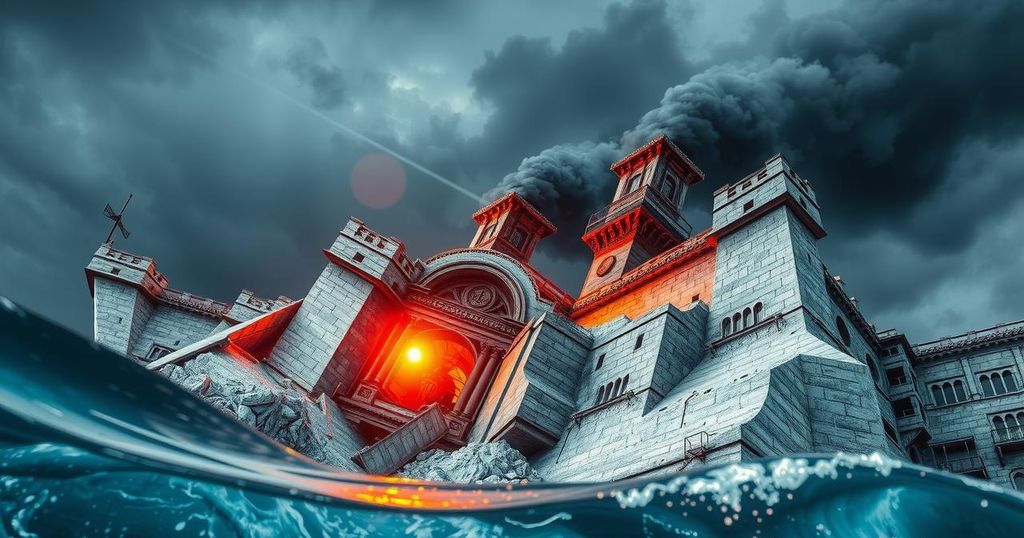Historical Earthquake and Tsunami Events: A Reflection on Human Resilience and Preparedness
The article recounts significant historical earthquakes and tsunamis, including the 1908 Messina disaster, the catastrophic 2004 Indian Ocean tsunami, and the 2011 tsunami in Japan. It highlights the profound human toll of these events, the role of media in disseminating information, and the need for improved warning systems and community preparedness in the face of natural disasters.
On December 28, 1908, the Italian cities of Messina and Reggio Calabria were struck by a catastrophic earthquake followed by a devastating tsunami, resulting in the tragic loss of at least 70,000 lives. The earthquake, which measured 7.1 on the Richter scale, is recognized as the deadliest seismic event in European history. Even at that time, the news reverberated globally, with reports from the Deseret News highlighting the enormity of the disaster.
Tsunamis generated by earthquakes pose significant risks to coastal areas, exacerbating challenges faced by these communities, especially during the holiday season. This pattern continued when, on December 26, 2004, a powerful 9.1-magnitude earthquake triggered a tsunami in the Indian Ocean, leading to approximately 230,000 fatalities across several countries. More recently, on March 11, 2011, Japan experienced another devastating event when a tsunami, reaching speeds of nearly 500 miles per hour and waves of up to 10 meters, resulted in over 18,000 deaths.
The historical narratives captured in the Deseret News archives reveal extensive coverage and humanitarian responses following these disasters. Stories such as the global community’s collaboration to aid tsunami victims, accounts of survivor experiences, and discussions surrounding ineffective warning systems provide insight into both the immediate and lingering impacts of such tragedies. There is an emphasis on the need for increased awareness and preparedness among coastal populations, as illustrated by past experiences.
These recurring disasters highlight a critical intersection of natural phenomena and community resilience, pointing toward the necessity of improved preventive measures and effective communication to mitigate future risks. Additionally, cultural responses articulated in personal stories reveal the strength and determination of affected individuals and communities.
The events catalogued in the Deseret News archives chronicle significant earthquakes and subsequent tsunamis, emphasizing their severe repercussions. Notable instances include the 1908 earthquake in Italy, the 2004 Indian Ocean tsunami, and the 2011 disaster in Japan. Each account showcases how such natural disasters have not only caused immense loss of life but also tested the resilience of communities, prompting international responses and discussions regarding future preparedness and warning systems.
The analysis of historical earthquake and tsunami events underscores the ongoing challenges these natural disasters bring to coastal communities. As seen in Italy in 1908 and Indonesia in 2004, the death tolls were staggering, showcasing the urgent need for enhanced disaster preparedness and response strategies. Moreover, the resilience demonstrated by affected populations reflects a complex interplay between human spirit and calamity. Learning from these past occurrences will be vital in mitigating the impacts of future disasters.
Original Source: www.deseret.com




Post Comment